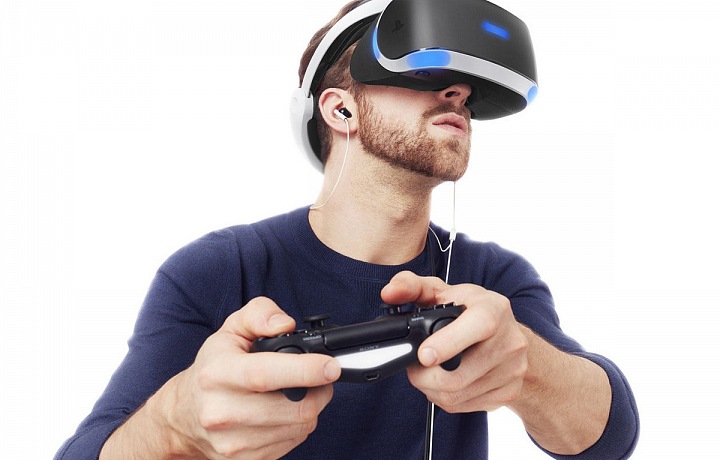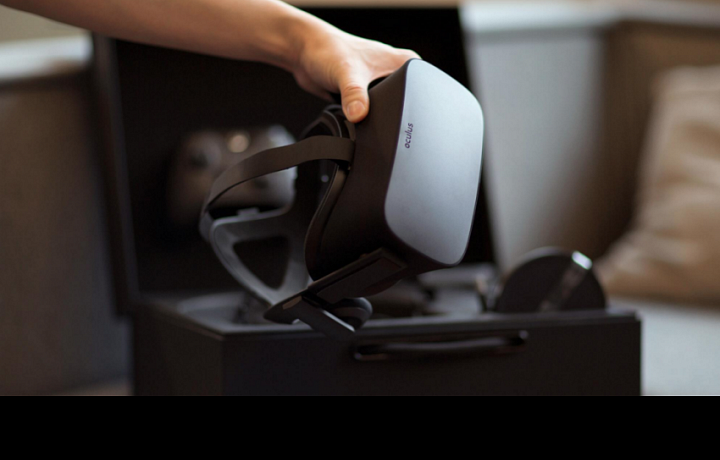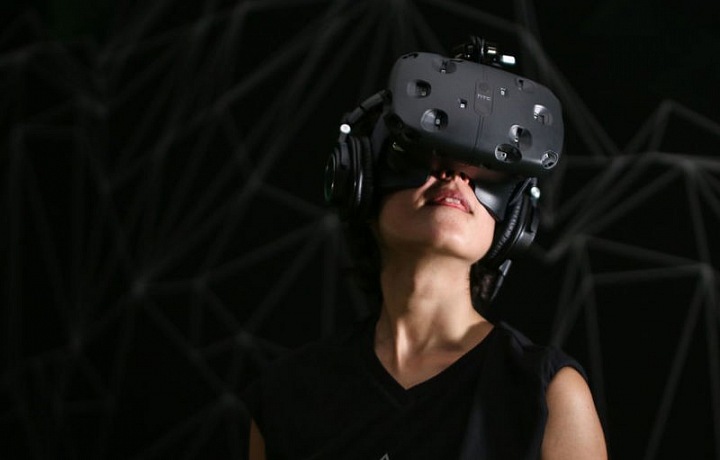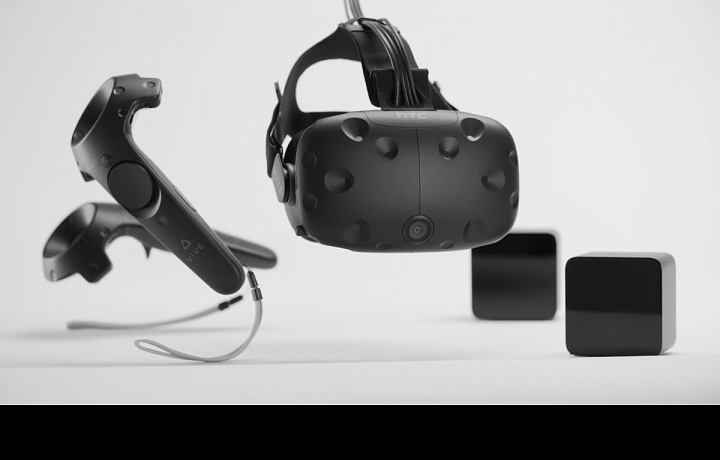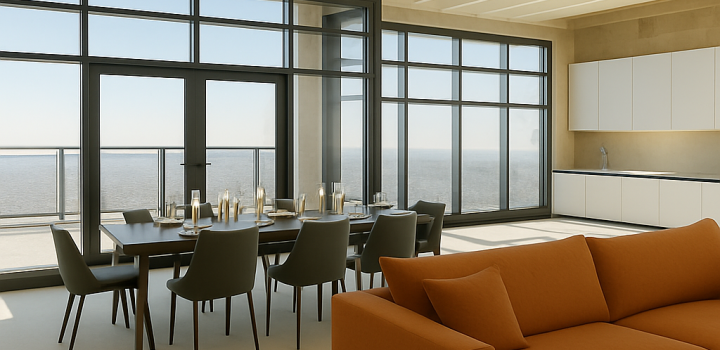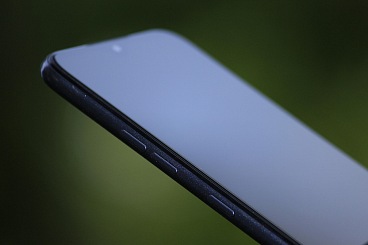An experience from a different reality: Playstation VR, Oculus Rift, HTC Vive
Onwards and upwards to other worlds
The basis of virtual reality is above all a visual sensation, when the main difference between a display and virtual reality is the size of the things you are looking at. Whereas on a conventional monitor, the figures shown are much smaller than the player, when you put on a pair of VR glasses, the objects are life-size. In addition to this, thanks to the motion sensors, you can look wherever you want in the glasses, something which further augments the virtual experience. Everything is based on use of two LCD displays, one for each eye.
PlayStation VR – a futuristic look
To experience PlayStation VR by Sony, you need a PlayStation 4 console, ideally however a Playstation 4 PRO and also a camera. Together with all of the accessories, this virtual reality system will cost a luxurious CZK 21,500.00. The look of the glasses is futuristic and they have several built-in sensors which make sure you get your bearings in the environment. The technology uses 9 LED diodes which cooperate with the PS4 Eye camera. The display has a lower resolution as compared to the competition, this being 1920 x 1080 pixels.
Oculus Rift has unleashed a commotion
Inside the glasses is an OLED screen with a resolution of 2160 x 1200 pixels (1080 x 1200 pixels for each eye) with a refresh rate of 90 Hz. They also include an accelerometer, a gyroscope measuring angular movement, a magnetometer used for spatial orientation in relation to the orientation of the Earth’s magnetic pole and a system for tracking movement through 360 degrees. Oculus Rift does not need any other peripherals to work, only a decent gaming machine. The price is roughly CZK 20,000.00.
HTC VIVE has also made sure to get in on the action
We are talking about HTC Vive by the Taiwanese manufacturer of mobile devices. The manufacturer seized its opportunity and launched its own VR glasses onto the market, the price of which is CZK 24,300.00. In order for the virtual reality system to work, you again need a powerful gaming computer. The equipment of the HTC Vive is very similar to the Oculus, but it does offer slightly more interesting specifics. A noticeable difference is in the display which has a somewhat higher resolution. HTC has installed an OLED display with resolution of 2560 x 1200 pixels into its glasses (1090 x 1200 for each eye) with a refresh rate of 90 Hz. Thanks to these parameters, it dominates VR devices.


